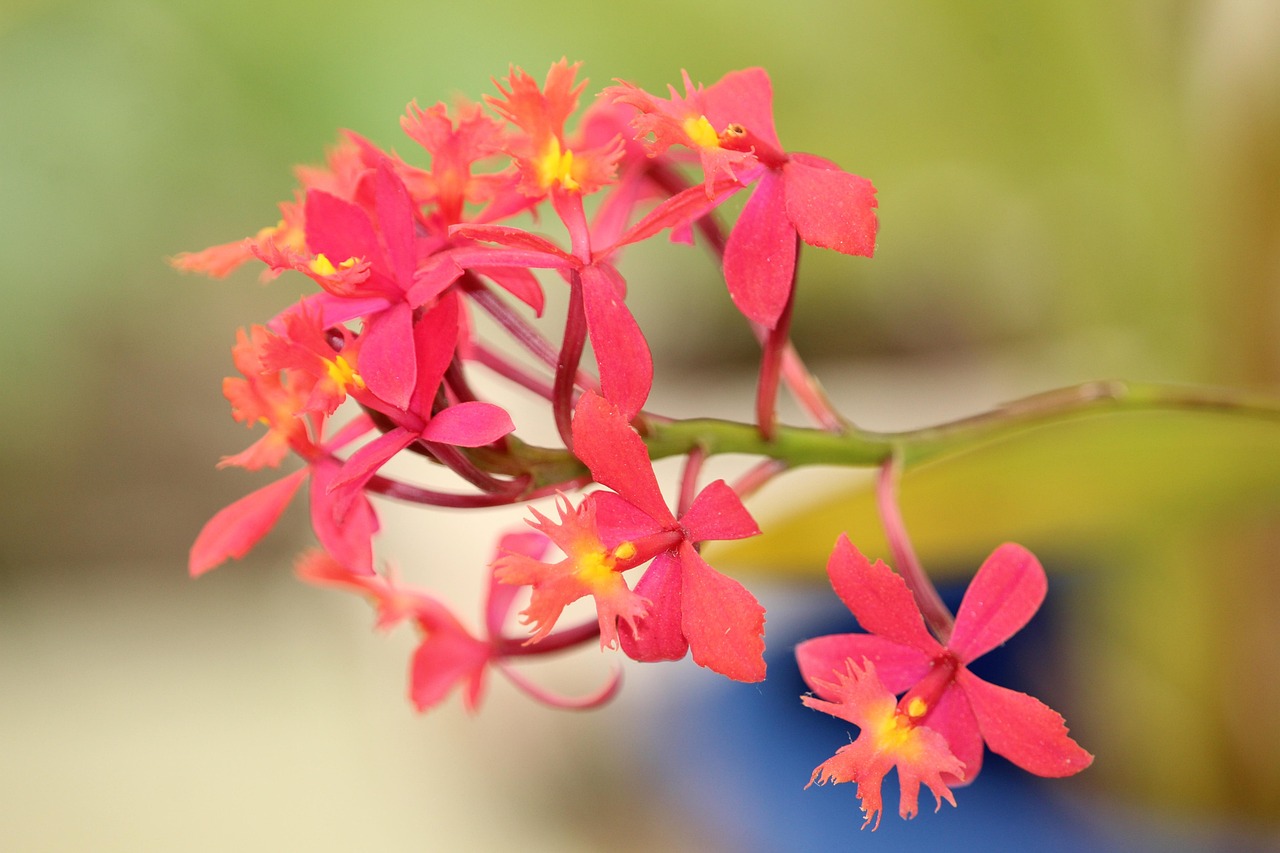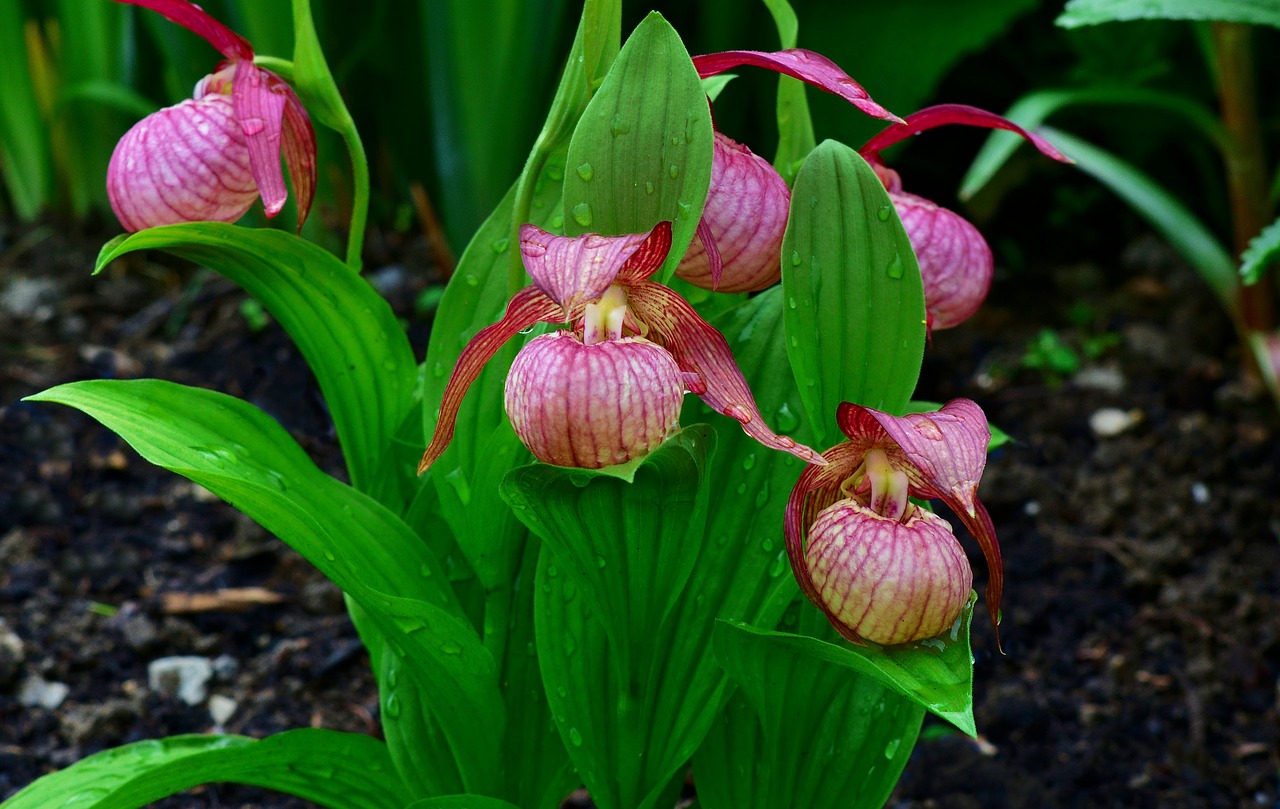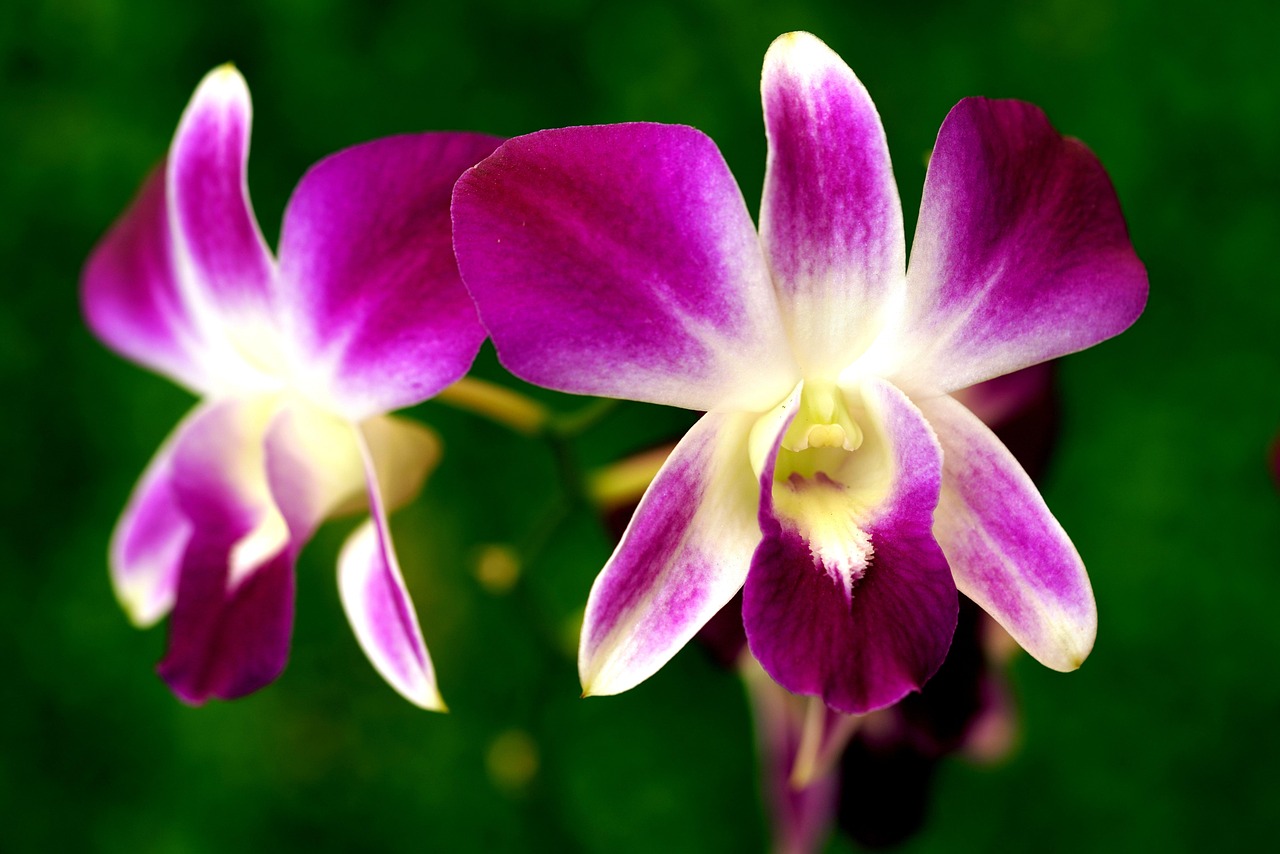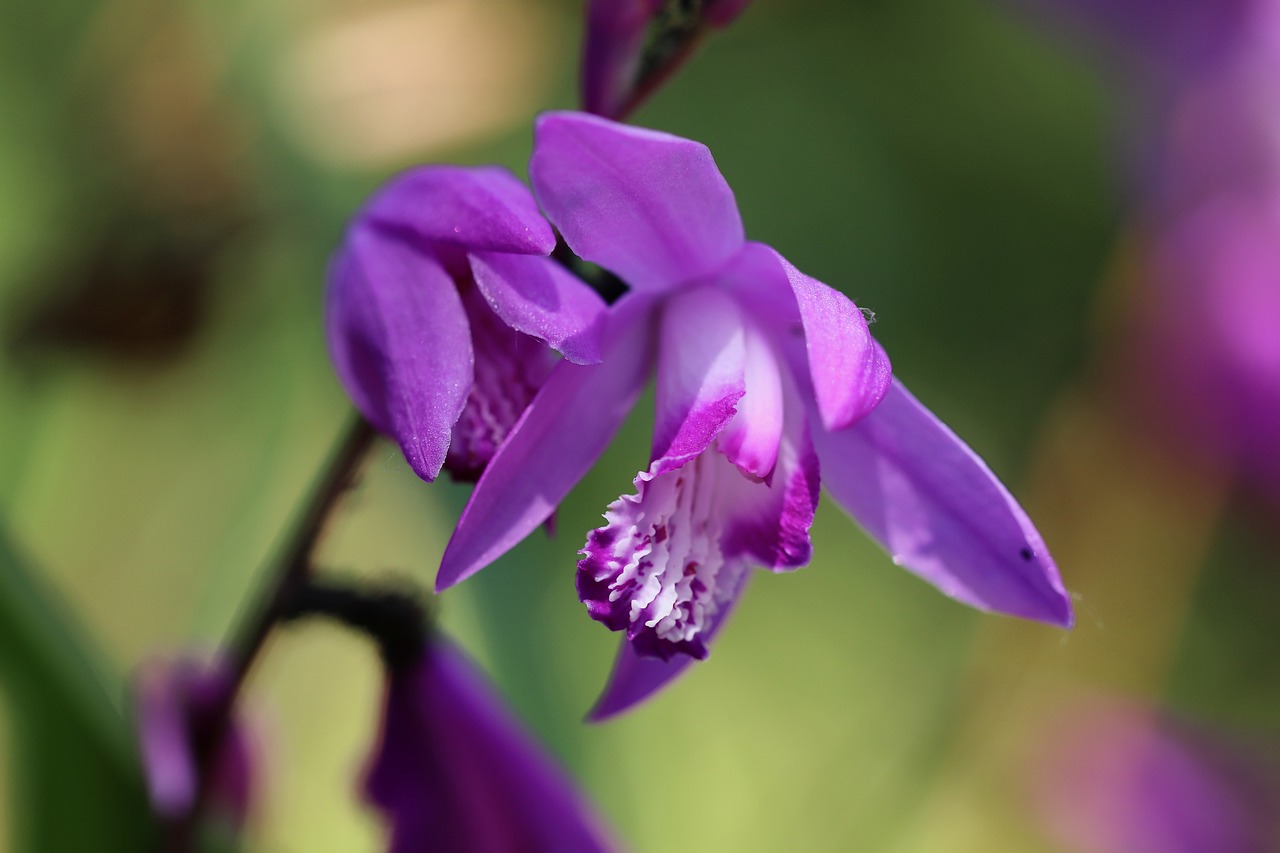Epidendrum | A Sacred Flower Breathing in the Forests of Latin America

I introduce the Epidendrum, a member of the orchid family that produces clusters of delicate, beautiful blossoms. With its vibrant colors and long-lasting flowers, it has become a popular ornamental plant.
In its native habitats, the Epidendrum often grows as an epiphyte on trees or rocks, thriving in warm and humid environments, though some species are well adapted to dry conditions.
In this article, I will explain the basic information, cultural significance, history, and cultivation methods of the Epidendrum.
Basic Information
- Scientific name: Epidendrum
- Family: Orchidaceae
- Origin: Central and South America
- Appearance: Slender stems producing dense clusters of small flowers in colors such as red, orange, pink, purple, and white. The labellum (lip) is often showy, and the leaves are thick and leathery, with some varieties resistant to drought.
- Blooming season: Varies by species, but many bloom from spring to autumn.
Cultural Significance Around the World
The Epidendrum has been cherished in Latin America since ancient times.
In South America, it grows across a wide range of environments, from highland forests to tropical lowlands. It is often regarded as a sacred flower, used in religious ceremonies and festive decorations.
In Mexico and Colombia, its bright colors symbolize joy and prosperity, making it a popular choice for weddings and celebrations.
In Europe, the Epidendrum attracted attention during the orchid-collecting boom of the 18th century, when many botanists discovered new species and studied its cultivation. Even today, it remains highly valued as an ornamental plant and is cultivated in greenhouses, often sought after by orchid enthusiasts.
Historical Episodes
The Epidendrum was introduced to Europe in the 18th century, where it was studied by botanists and explorers.
Its name derives from the Greek words epi (“upon”) and dendron (“tree”), meaning “a plant that grows on trees.” True to its name, many species are epiphytic, anchoring their roots to trees in tropical rainforests.
In the 19th century, orchid collecting became fashionable among European aristocrats and the wealthy. The Epidendrum was cultivated in greenhouses in Britain and France, and new hybrid varieties were created.
In South America, flowers of the Epidendrum have also been found in ancient ruins, suggesting their use in religious rituals and royal ornaments.
Today, it continues to hold cultural importance in Latin America and is widely used not only as an ornamental plant but also as decoration for festivals and as gifts.
Gardening Advice
Although relatively hardy and easy to cultivate, the Epidendrum requires proper care for healthy growth.
Light
Prefers bright light, but direct sun may scorch the leaves. Partial shade or filtered light is ideal.
Watering
As an epiphytic orchid, its roots rot easily if overwatered. Keep the soil well-drained; water thoroughly once the surface dries. Reduce watering in winter.
Soil
Use orchid-specific medium with good drainage, such as bark or sphagnum moss mixes.
Fertilizer
Apply diluted liquid fertilizer every two weeks during the growing season. Reduce feeding after flowering.
Temperature
Thrives in warm environments; keep above 10°C. In colder climates, manage indoors during winter.
Pruning
Remove wilted flower spikes promptly to encourage new growth.
Conclusion
The Epidendrum is a resilient orchid with clusters of small, colorful blossoms widely distributed across Latin America.
In Mexico and Colombia, it is used in festive and wedding decorations, while in Europe it gained popularity during the 18th-century orchid boom.
As its name suggests, many species grow on trees, although terrestrial species also exist, showing remarkable adaptability.
With proper light and watering, it can be enjoyed for a long time as a garden or indoor potted plant, adding a touch of tropical elegance.




